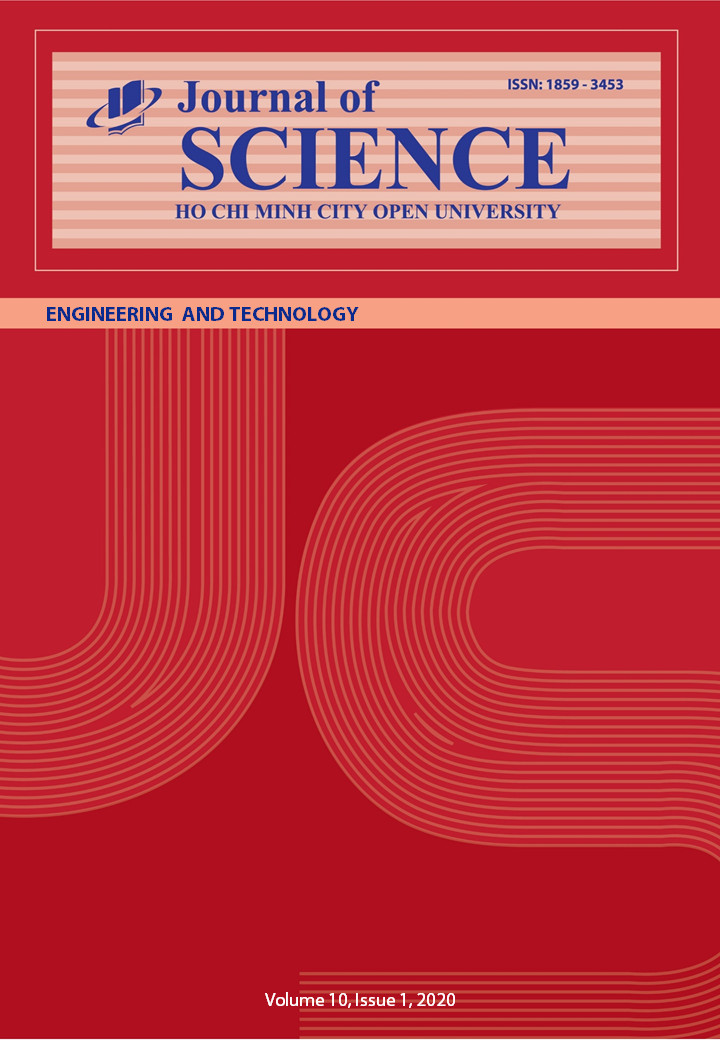A comparison between Hydrochloric acid and Trifluoroacetic acid in hydrolysis method of exopolysaccharide from Ophiocordyceps sinensis in Monosaccharide composition analysis by GC-FID
Tóm tắt
The monosaccharide composition is one of the crucial factors affecting the bioactivity of exopolysaccharide (EPS) in Cordyceps species. Therefore, many scientists have studied, analyzed monosaccharide composition and structure of EPS from Cordyceps species, especially Ophiocordyceps sinensis (O. sinensis). This study aimed to compare hydrochloric acid (HCl) with trifluoroacetic acid (TFA) in the EPS hydrolysis process in monosaccharide composition analysis by Gas Chromatography with Flame-Ionization Detection (GC-FID). The hydrolysis is a crucial step in forming the acetyl derivative, which helps the GC-FID technique to have good results in monosaccharide composition analysis. The results showed that hydrolysis with HCl gave a higher hydrolysis efficiency and was more suitable than hydrolysis by TFA in pretreatment to EPS for GC-FID. Hydrolysis results were analyzed through thin-layer chromatography and high-performance liquid chromatography (HPLC), then Acetyl derivatives were produced and finally analyzed by GC-FID to determine the monosaccharide composition of EPS. For EPS hydrolyzed by HCl, the analytical results presented that this sample had 6 kinds of monosaccharides, including rhamnose, arabinose, xylose, mannose, glucose, and galactose; the most monosaccharide was glucose. The EPS hydrolyzed by TFA only detected three kinds of monosaccharides, including mannose, arabinose, and galactose, mainly mannose. The study has set a foundation for further analysis of monosaccharide composition and structure of EPS from O. sinensis.

